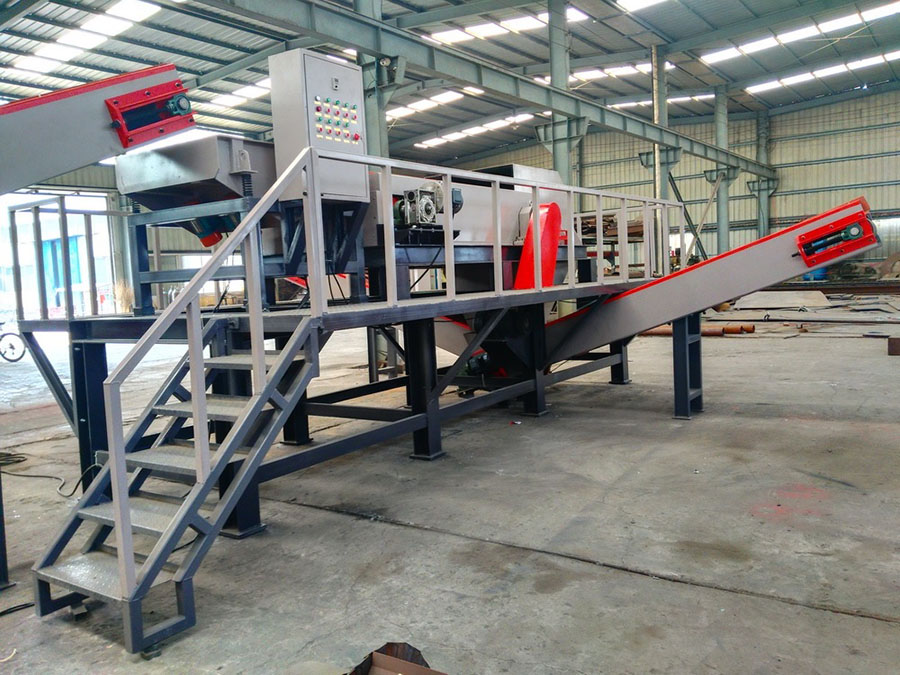

វិច្ឆិកា . 20, 2024 00:02 Back to list
Understanding Eddy Current in Aluminum Principles and Applications
Eddy currents are loops of electric current that are induced within conductors by a changing magnetic field in the conductor. The phenomenon is named after the swirling currents resembling eddies in fluid dynamics. In the context of aluminum, a non-ferrous metal widely used in various applications, understanding the behavior of eddy currents is crucial for both industrial processes and technological innovations.
The Physics Behind Eddy Currents
When a conductor, such as aluminum, is exposed to a changing magnetic field—either through the movement of the conductor within the field or the movement of the magnetic field relative to the conductor—eddy currents are generated. These currents flow in closed loops within the conductor, perpendicular to the direction of the magnetic field. The formation of eddy currents can be understood through Faraday's law of electromagnetic induction, which states that a change in magnetic flux through a circuit induces an electromotive force (EMF) in that circuit.
In the case of aluminum, the conductivity and relatively low resistance of the material mean that it is particularly susceptible to the generation of strong eddy currents. This has both beneficial applications and challenges in various fields.
Applications of Eddy Currents in Aluminum
1. Induction Heating One of the most notable applications of eddy currents in aluminum is in induction heating. This process is used in metal processing to heat aluminum for forging, welding, and other manufacturing processes. The eddy currents generated in the aluminum workpiece due to a high-frequency alternating magnetic field produce heat through resistive losses as the currents flow within the material.

2. Non-Destructive Testing Eddy current testing (ECT) is a widely used non-destructive testing method for evaluating the integrity of conductive materials, including aluminum. By analyzing the eddy currents produced in a sample when subjected to a magnetic field, technicians can detect faults such as cracks, corrosion, or other material degradation. This method is valued for its accuracy and the ability to test materials without causing any damage.
3. Metal Detection and Sorting Eddy current technology is employed in metal detection systems to sort metal components, especially in recycling operations. Eddy current separators utilize the principle of eddy currents to differentiate non-ferrous metals, such as aluminum, from other materials. When a stream of mixed materials passes through the magnetic field, aluminum items generate eddy currents that repel them away from non-metals, enabling efficient separation.
4. Braking Systems Eddy currents also find application in electromagnetic braking systems, where they provide a contactless method for slowing down a moving object. In trains and roller coasters, conductive aluminum elements can interact with magnetic fields, generating opposing forces that effectively slow down the vehicle without wear and tear associated with traditional friction brakes.
Challenges Posed by Eddy Currents
Despite the benefits, eddy currents can also lead to challenges in certain applications. For instance, in metal processing, unwanted eddy currents can result in excessive heating or energy loss, which can affect the efficiency of processes or damage components if not properly managed. Engineers must consider factors such as frequency and conductor geometry to minimize these undesirable effects, particularly when designing induction heating or eddy current braking systems.
Conclusion
Eddy currents represent a fascinating aspect of electromagnetic theory, especially as they pertain to aluminum. The versatile applications—from induction heating to non-destructive testing and metal sorting—demonstrate the practical importance of understanding these currents in industrial processes. While they offer numerous advantages, it is essential to manage and mitigate their undesirable effects. As technology continues to advance, the role of eddy currents in aluminum processing and applications is likely to grow, sparking innovation in both manufacturing techniques and material evaluation methodologies. Embracing the principles of eddy currents is thus not only beneficial but essential for harnessing the full potential of aluminum in the modern world.
Latest news
Troubleshooting Common Eddy Separator Problems
NewsJul.04,2025
The Role of Metal Recycling Plants in Circular Economy
NewsJul.04,2025
The Impact of Recycling Line Pickers on Waste Management Costs
NewsJul.04,2025
Safety Features Every Metal Shredder Should Have
NewsJul.04,2025
How Industrial Shredders Improve Waste Management Systems
NewsJul.04,2025
How Cable Granulators Contribute to Sustainable Recycling
NewsJul.04,2025